
A global army
From its origins in the east end of London, The Salvation Army rapidly expanded across the UK and began spreading all around the globe in the nineteenth century.
The first international Salvation Army work was in the USA. When Amos Shirley and his family travelled there in 1879, Amos’s daughter, sixteen-year-old Eliza, obtained a warehouse for meetings and advertised herself and her mother as the ‘Two Hallelujah Females’. Hearing the news, William Booth sent an official pioneer party to join them in 1880, comprising George Scott Railton and seven soldiers. To reach the unchurched, the group held their first public meeting in a New York concert hall. To begin with, lack of funds hampered the work and Railton spent the winter sleeping on a pile of copies of The War Cry in a cellar. In time their work expanded and today The Salvation Army operates in four territories across the continent.
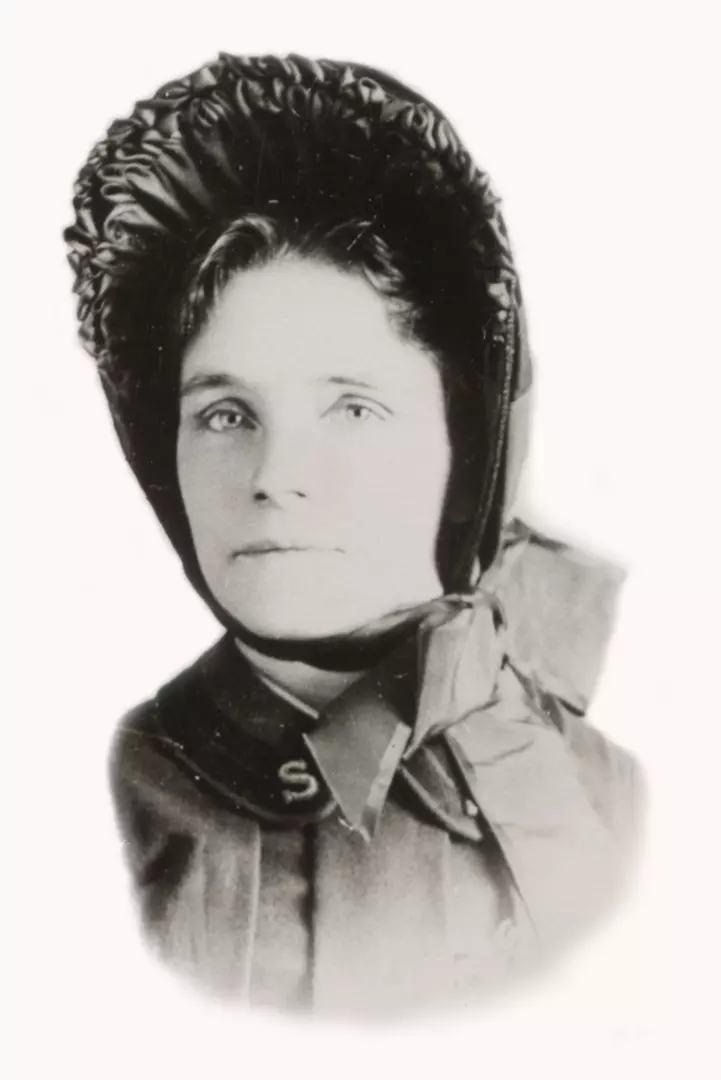
The Salvation Army’s second overseas mission was in Australia. Edward Saunders settled in Adelaide, Australia, in 1879 where he met fellow English Salvationist, John Gore. The two organized the first Salvation Army meetings here and in 1881 the General sent Captain and Mrs Thomas Sutherland to take charge. At first, they faced opposition from publicans and ‘skeleton armies’ who tried to burn down the meeting halls but they persisted. In the early twentieth century Salvationists set up several farm colonies and Australia became one of the main destinations for boys entering The Salvation Army’s migration scheme in England.
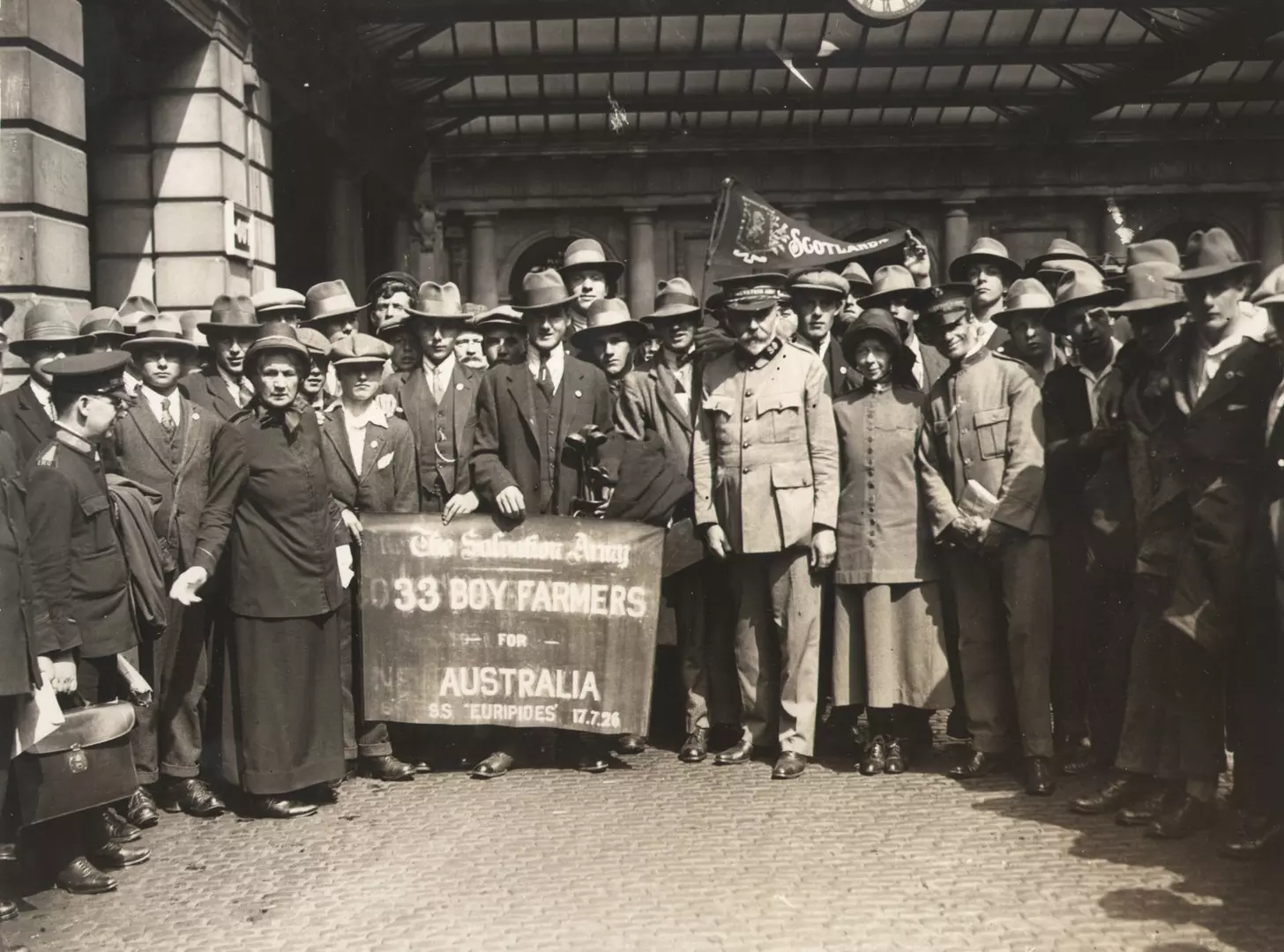
In 1881, Kate Booth, eldest daughter of William and Catherine, and three other women arrived in Paris to pioneer work in France. Early meetings faced violent opposition. When police banned leafleting, the pioneers took to the streets wearing sandwich boards. The General visited in 1882 and found 100 soldiers and 80 recruits.
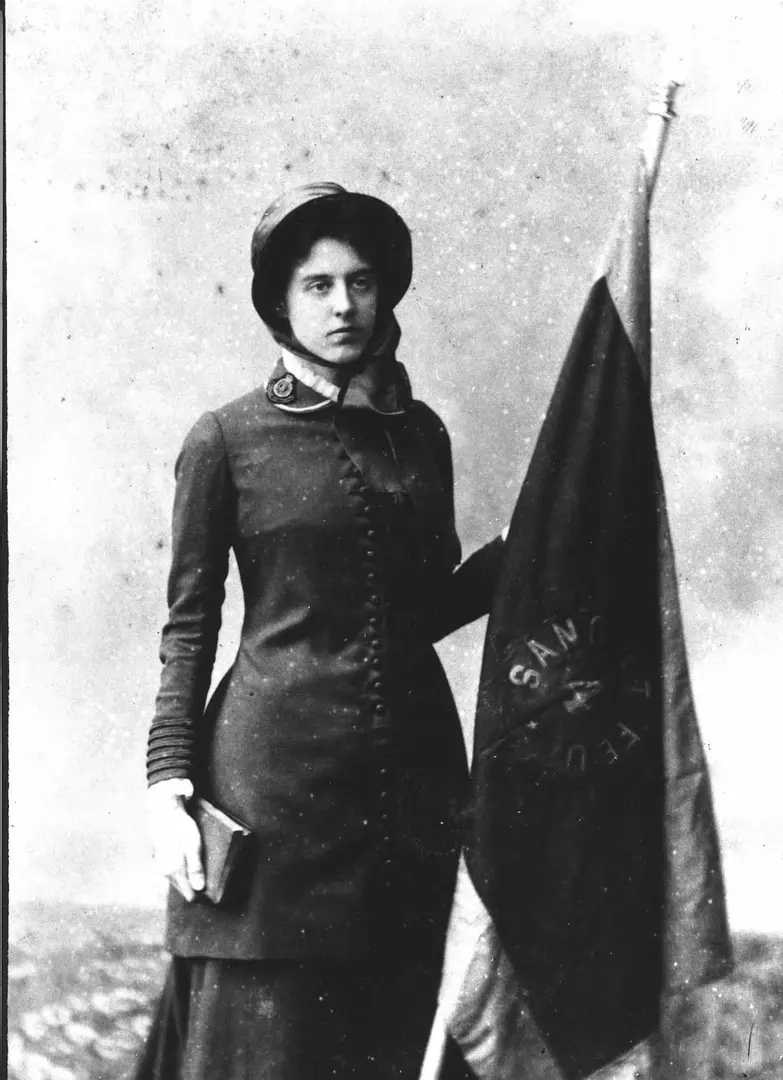
Work spread to Switzerland, where opposition was also fierce at first. Kate, known as La Maréchale, was briefly imprisoned. In 1883, the authorities ordered the suspension of the Army but by 1886 the work was so firmly established the authorities could not oppose it.
Civil servant Frederick Booth-Tucker left India for England in 1881, after reading about the Army in The War Cry. He returned to pioneer work in India, with a group of four, landing in Bombay in September 1882. Indian authorities, expecting an army to land, sent police who were surprised to find a peaceful party of four. They faced opposition, with meetings forbidden and some officers imprisoned. However, they developed medical, educational and employment services, and established weaving schools and silk farms.
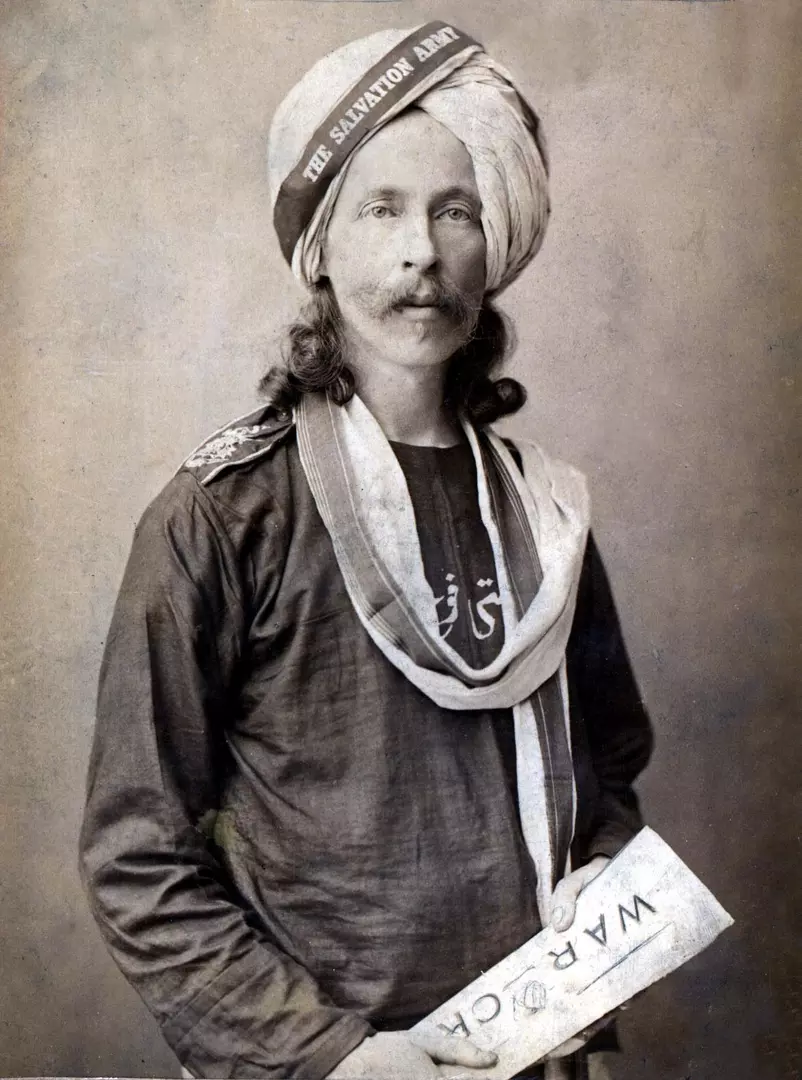
Salvation Army activity in Canada was started in 1882 by two English converts, Jack Addie and Joe Ludgate, who had gone to Canada for employment. On 15 July 1882 Major Thomas Moore was sent to officially open Army work and by 1883 there were 200 corps and outposts, with 400 officers and a Canadian War Cry in print by 1884.
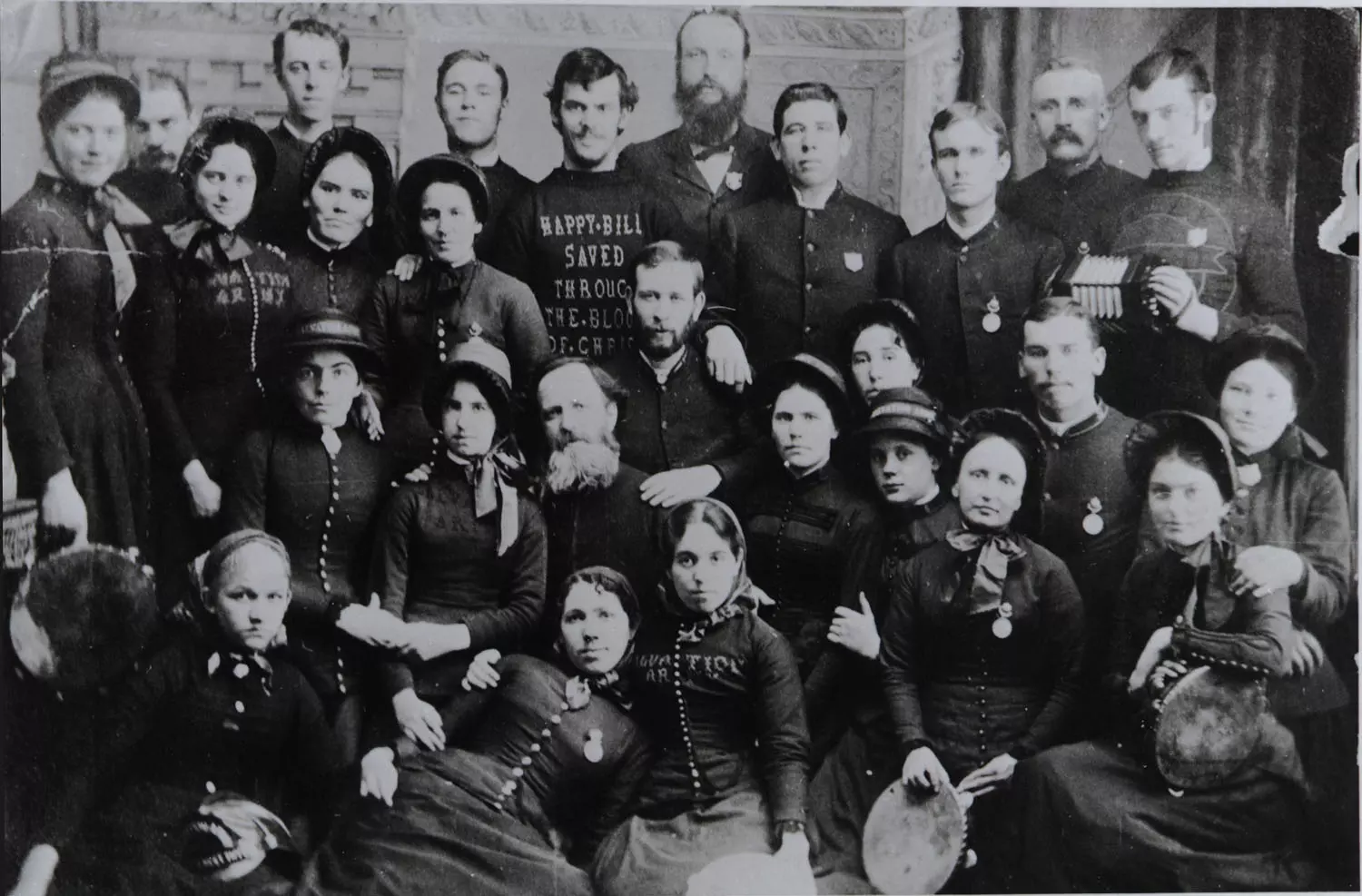
In 1883 George Pollard and Edward Wright landed in New Zealand. These inexperienced officers declared they would go through the country until ‘everybody was saved’. Unlike criticism received elsewhere, Christians in New Zealand were generally impressed by the Army. Support for the Army today remains strong in the New Zealand, Fiji and Tonga Territory.
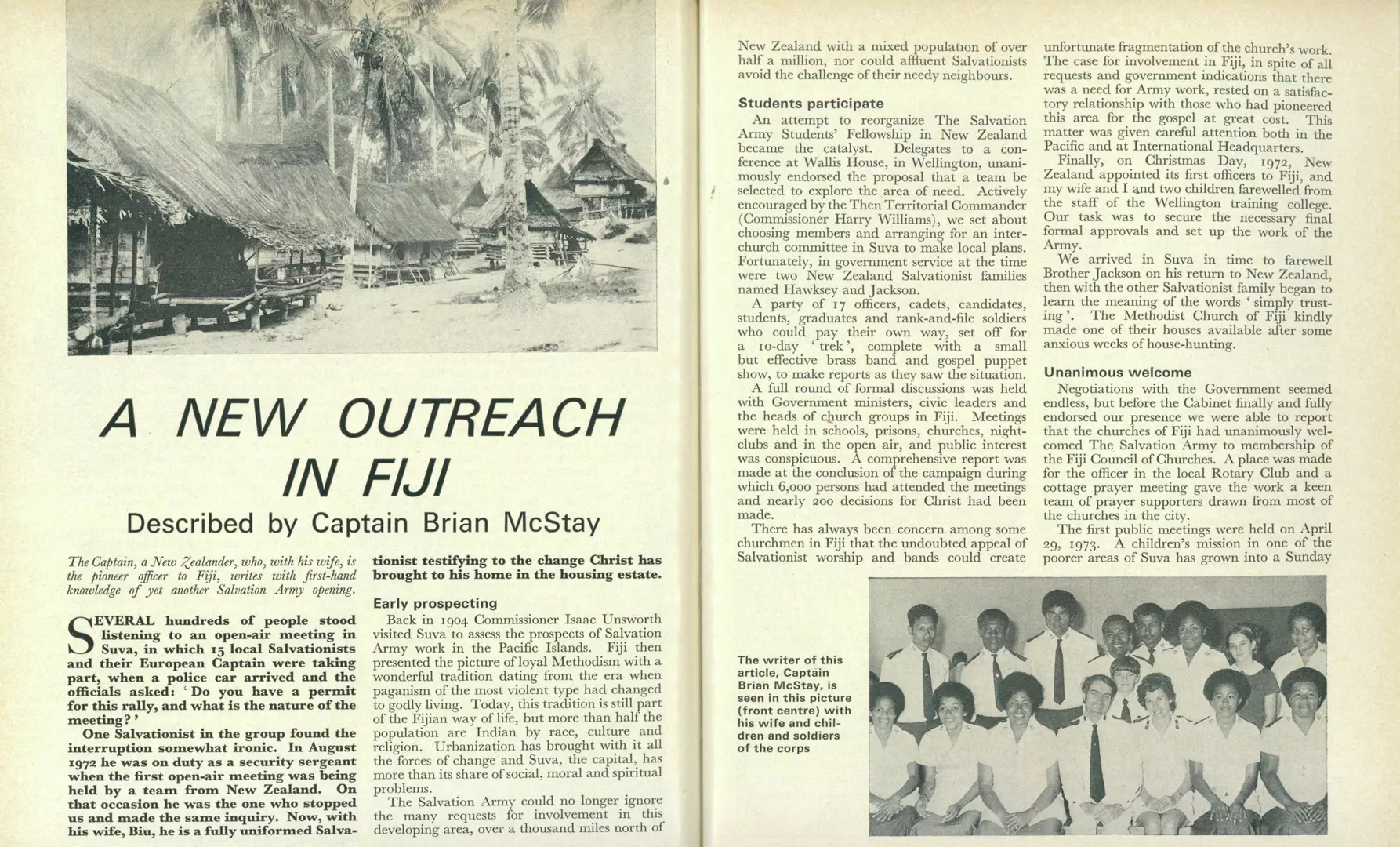
Salvation Army work in Africa grew from humble beginnings. Major and Mrs Francis Simmonds, with Lieutenant Alice Teager, ‘opened fire’ in Cape Town during March 1883. Organised ministry was then established in Natal and Zululand. In 1891 a group headed for Fort Salisbury and planted the Army in Zimbabwe.
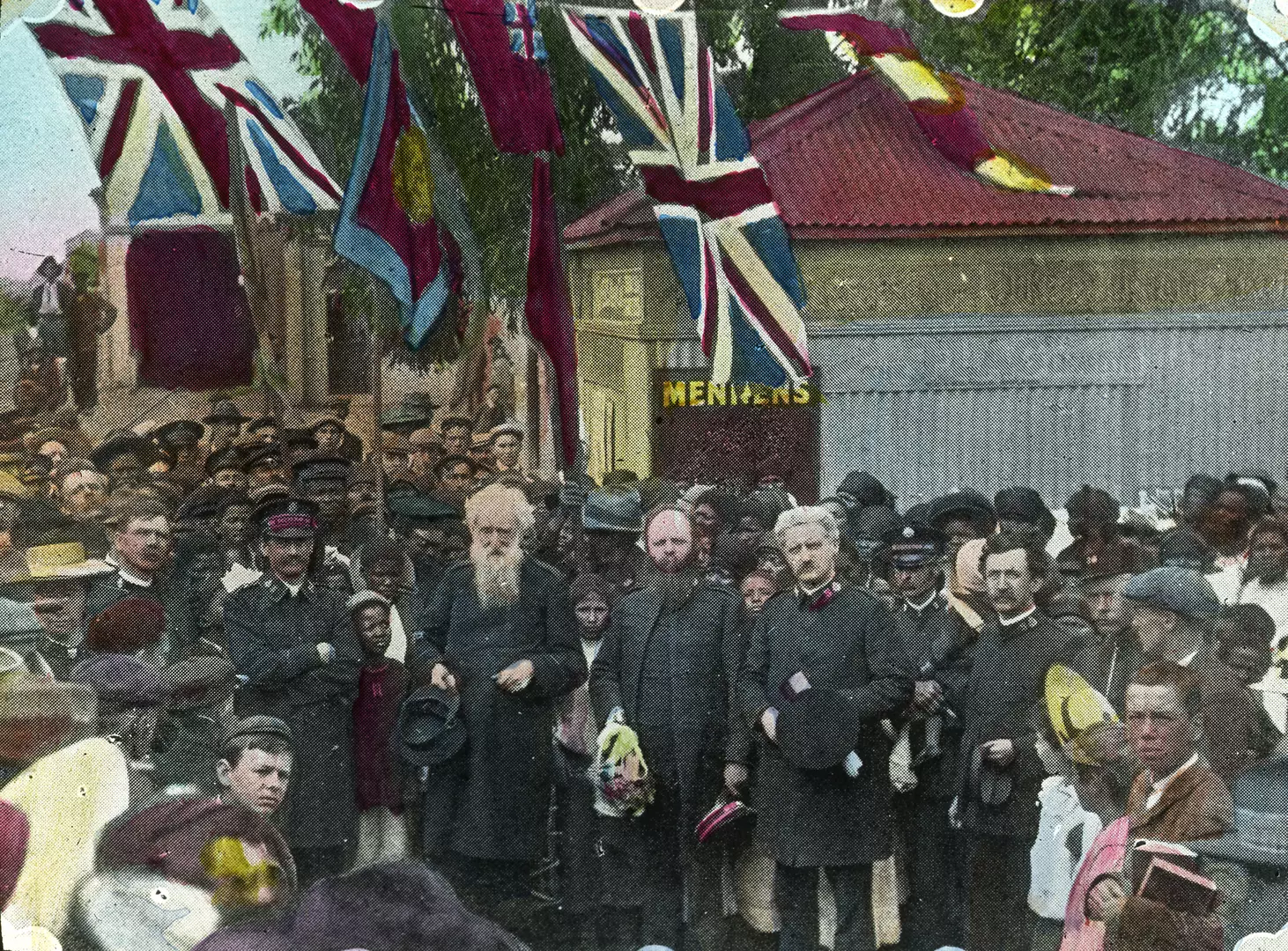
In 1887, Colonel and Mrs Davey and their family were sent as pioneers to Jamaica. They secured a property for a Salvation Army Corps that could hold 1500. After the death of their new baby, they returned home. Salvationist Raglan Philips continued their work in Jamaica, and the Caribbean mission spread across the islands in the following years.
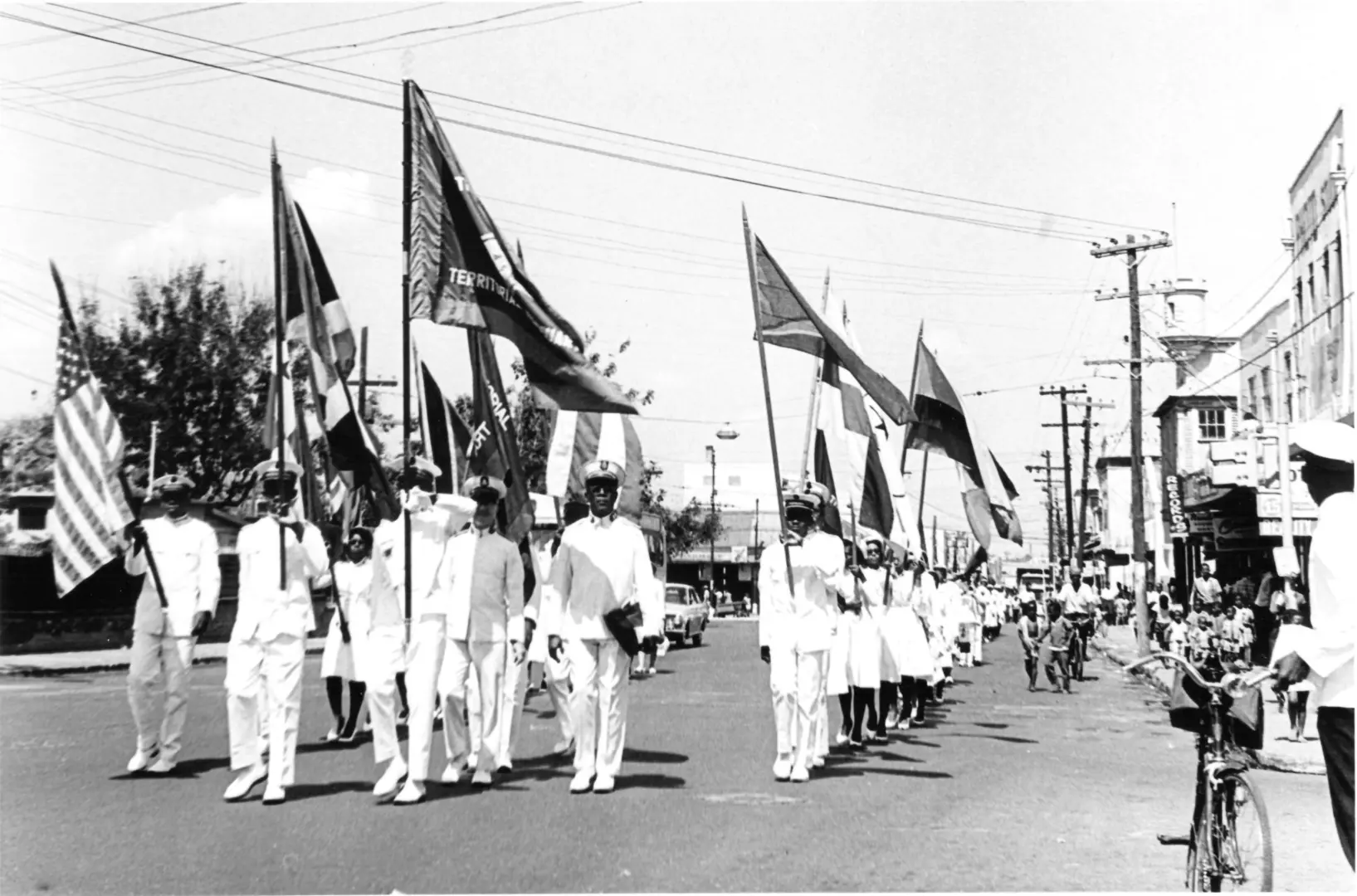
Four officers, who knew no Spanish, pioneered The Salvation Army in Buenos Aires in 1890. The fledging work spread to Uruguay later that year. However, it was another 20 years before the Army stormed Paraguay. In October 1909, soon after their arrival in Chile, Brigadier and Mrs Bonnet commenced Salvation Army work, establishing the first corps in Santiago. Further advances were made when, in 1910, the work was pioneered in Peru. Ten years later the Army flag was raised in Bolivia. The work in Brazil was commenced by Lieut-Colonel and Mrs Miche on 1st August 1922. It was to take another 73 years before the Army's arrival in Ecuador in 1985.
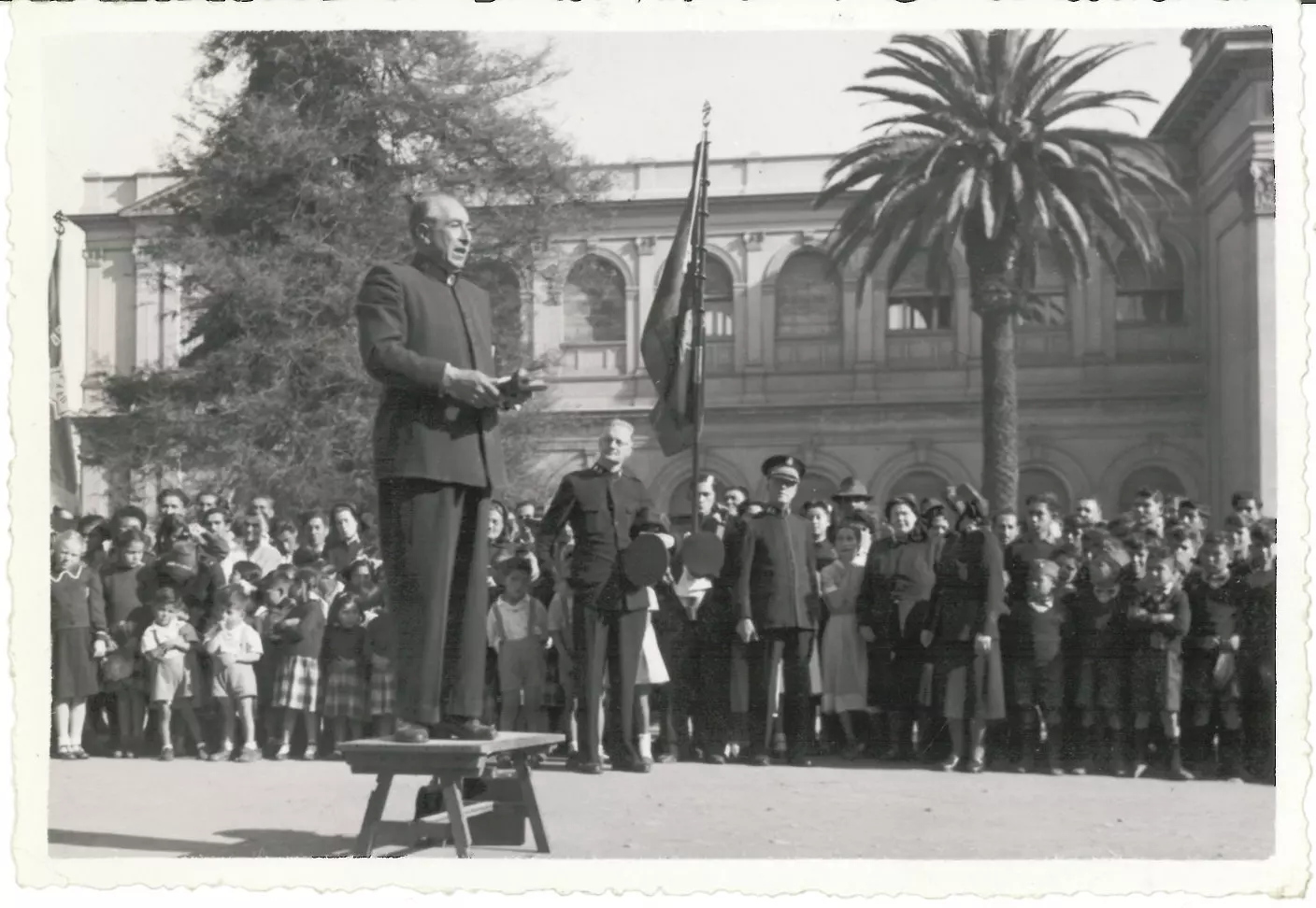
In 1895, a group led by Colonel Edward Wright sailed to Japan. Early work was continued by Colonel Henry Bullard and reinforced by the Founder’s visit in 1907. During the Second World War, Army activities were disrupted and, in 1940, the links with International Headquarters were broken. After the ending of hostilities, the territory was re-established in 1946.
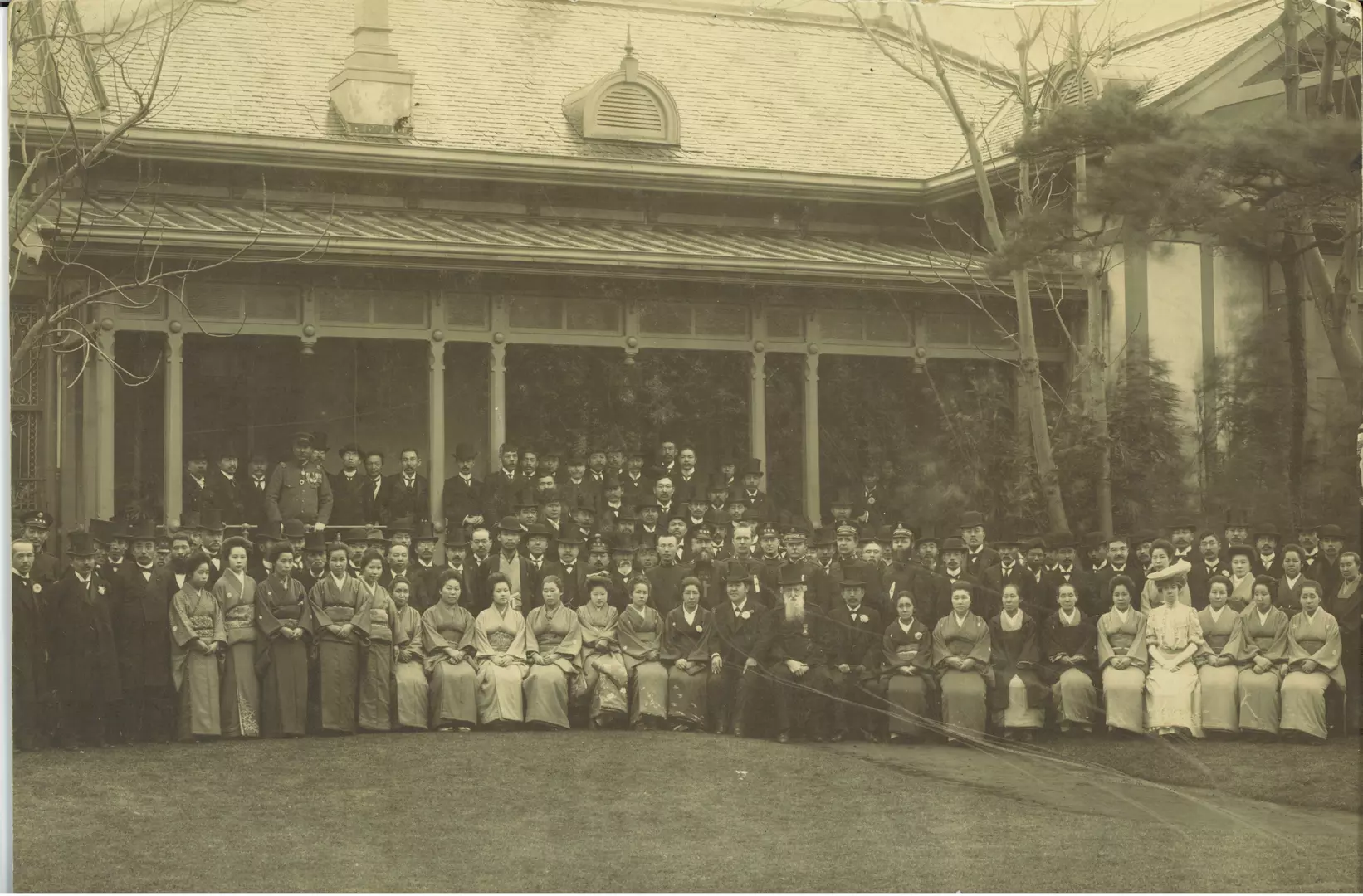
William Booth’s dying wish was for the Army to reach China. In 1915, pioneers were sent and Commissioner Charles Jeffries followed. In 1920s China the Army cared for refugees and during the 1931 famine fed a hundred thousand mouths daily. Under the Japanese occupation of 1941-45, many Western officers were interned. Post-war, the Army made unsuccessful attempts to resolve political difficulties, and China’s link with the international Salvation Army ended in 1952.
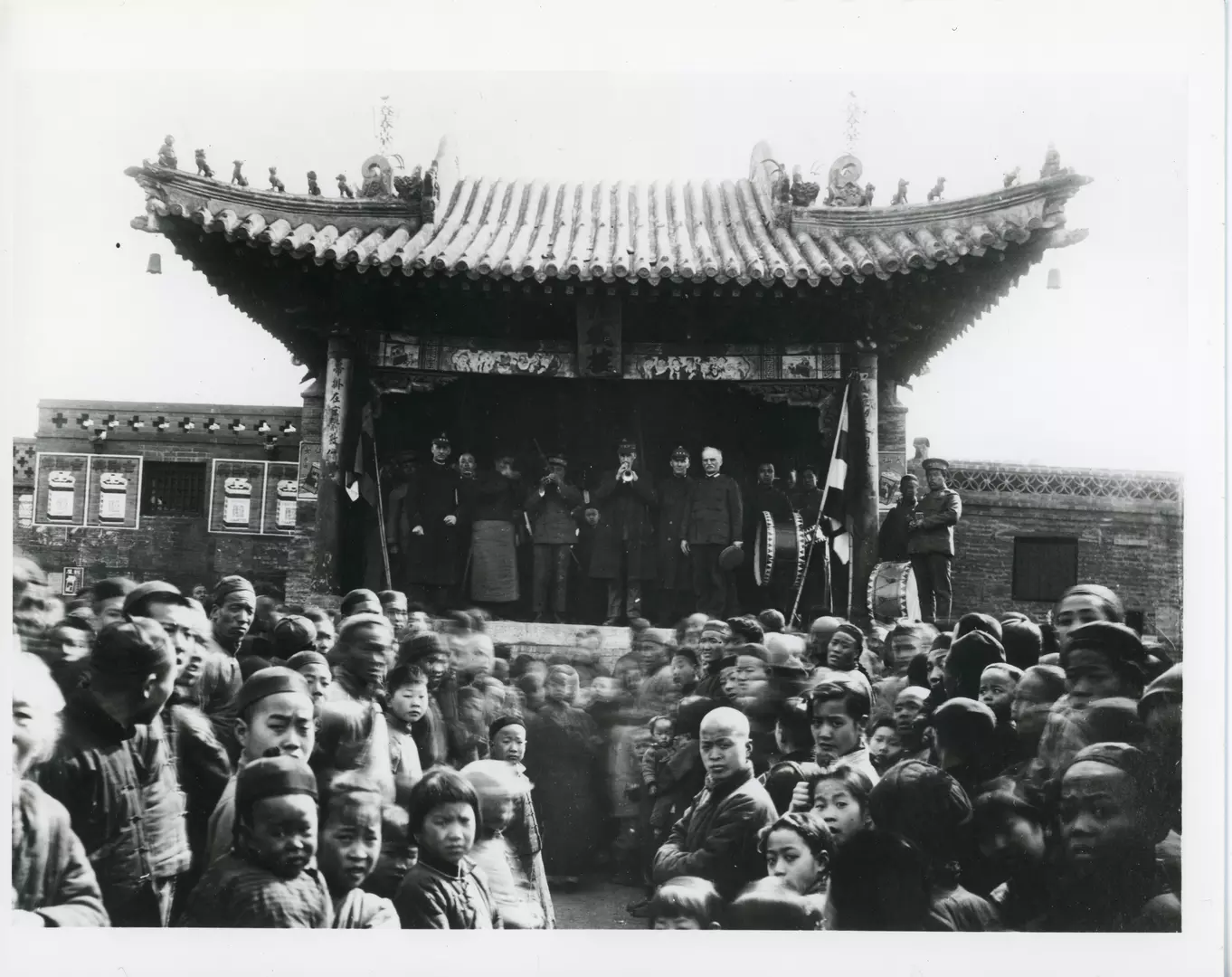
The Salvation Army continued to expand and today is at work in over 130 countries worldwide.
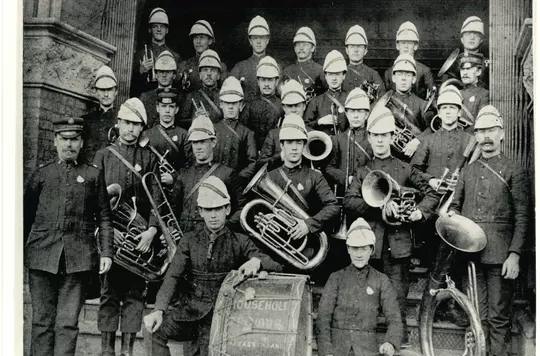
Music
Find out about the role that music and song plays within The Salvation Army.
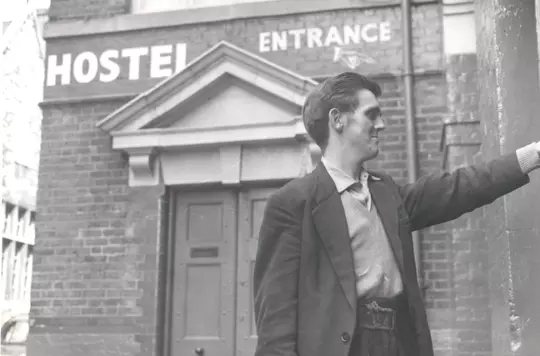
Social work
Discover the origins and history of The Salvation Army’s social work.
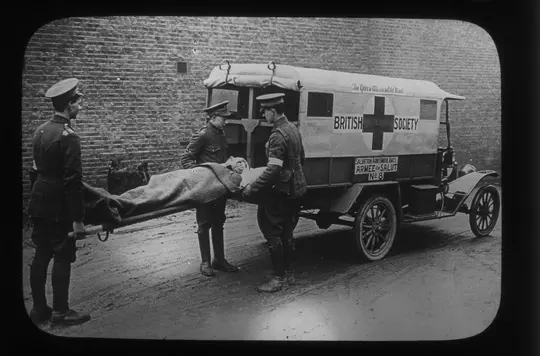
War and emergency
Find out about The Salvation Army’s relief work around the world.
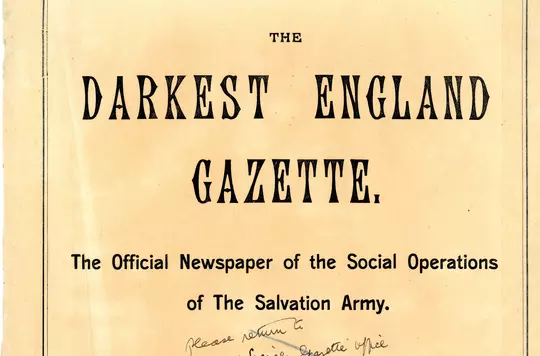
Exhibitions
View a digital version of our current temporary exhibition - Establishing The Salvation Army’s Social Work in the Nineteenth Century: The Darkest England Gazette.